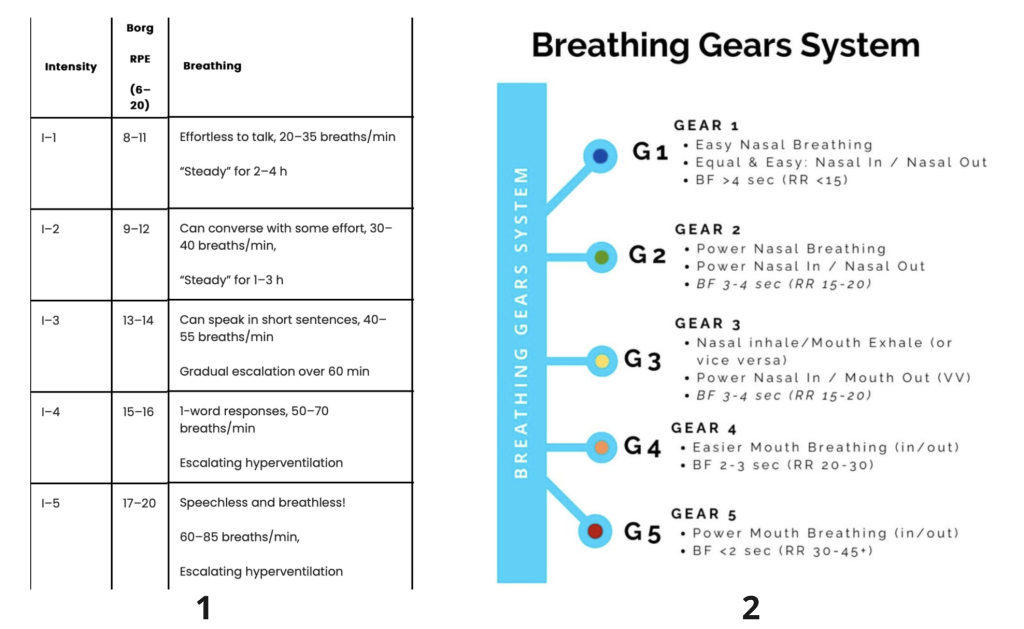In the endurance sports world, few topics have generated as much discussion lately as Zone 2 training. Once considered a basic form of “long, easy miles,” this intensity zone is now at the center of debates among coaches, athletes, and scientists. But what exactly is Zone 2, why does it matter, and how can athletes make sure they are truly training in it?
Recent consensus from leading exercise scientists and coaches helps clarify these questions [1]—and with wearable innovations like CHASKi, we now have the tools to bring precision to what was once educated guesswork.
What Is Zone 2 Training?
Zone 2 refers to a low-intensity endurance training zone, situated just below the first lactate or ventilatory threshold (LT1/VT1). In practical terms, this means:
- Heart rate: ~70–80% of max, or ~80–90% of HR at LT1
- Blood lactate: ~1–2 mmol/L
- Breathing: steady, ~30–40 breaths per minute; conversation is possible but not effortless
- RPE: about 9–12 on Borg scale
In short, Zone 2 is “comfortably hard”: sustainable for hours, but not a walk in the park.
Why Zone 2 Matters
Zone 2 training is not just about logging easy miles—it drives key physiological adaptations that underpin endurance performance:
- Mitochondrial biogenesis: boosting the body’s ability to use oxygen efficiently
- Muscle capillarization: improving blood and oxygen delivery to working muscles
- Metabolic efficiency: sparing glycogen and improving fat oxidation
- Durability: maintaining power and efficiency late into long sessions
- Cognitive resilience: training the mind to handle monotony and fatigue
Interestingly, experts also note that Zone 2 helps “compress” VT1 and VT2 closer together, effectively shifting the endurance “ceiling” upward.
How to Train in Zone 2
Experts recommend three main methods:
- Continuous sessions – long rides or runs (>2 hours) at steady intensity just below LT1/VT1.
- Variable sessions – long efforts with alternating stretches of Zone 2 and Zone 1 to reduce monotony.
- Intervals – incorporating Zone 2 blocks during recovery between harder efforts, or at the end of a session to accumulate time at this intensity.
Consistency and duration are key: Zone 2 adaptations are built not in one workout but across many hours of training.
The Challenge: Defining Your True Zone 2
The biggest hurdle for athletes and coaches is pinpointing the correct intensity. Traditional markers—heart rate, pace, or power—can be misleading due to fatigue, dehydration, or day-to-day variability.
Even when it comes to respiratory frequency, experts disagree. The recent scientific consensus places Zone 2 between 30 and 40 breaths per minute [1], while authors such as Brian Mackenzie [2] argue it should be much lower, around 15 to 20 breaths per minute. This disparity highlights that there are no universal values—each athlete has unique physiological responses.

That’s why it is essential to evaluate yourself and know your personalized ventilatory thresholds, rather than relying on generic ranges.
This is where CHASKi, the first respiratory wearable, changes the game. By directly measuring ventilatory thresholds, CHASKi takes the guesswork out of defining training zones. Coaches and athletes can now:
- Objectively identify VT1 and VT2
- Monitor respiratory frequency and effort during sessions
- Adjust training load dynamically when fatigue shifts internal responses
With CHASKi, Zone 2 training becomes not just theory, but a measurable, actionable practice.
Final Thoughts
Zone 2 training is more than a trend—it’s a cornerstone of endurance performance, validated by both science and decades of practice. Its relevance lies in the long-term adaptations it cultivates, from mitochondrial density to mental resilience.
But precision matters. By leveraging technologies like CHASKi, coaches and athletes can ensure their Zone 2 is truly Zone 2—maximizing gains while minimizing wasted effort.
Train smarter with CHASKi.
Sources:
[1] Sitko, S. et al. (2025). What is “Zone 2 training”?: Experts’ viewpoint on definition, training methods, and expected adaptations. International Journal of Sports Physiology and Performance. Advance online publication. https://doi.org/10.1123/ijspp.2024-0303
[2] Mackenzie, B. (2024, 21 de marzo). The Breathing Gear System™. En SH//FT – Shift Adapt. Recuperado el 28 de agosto de 2025, de https://shiftadapt.com/the-breathing-gear-system-brian-mackenzie/

